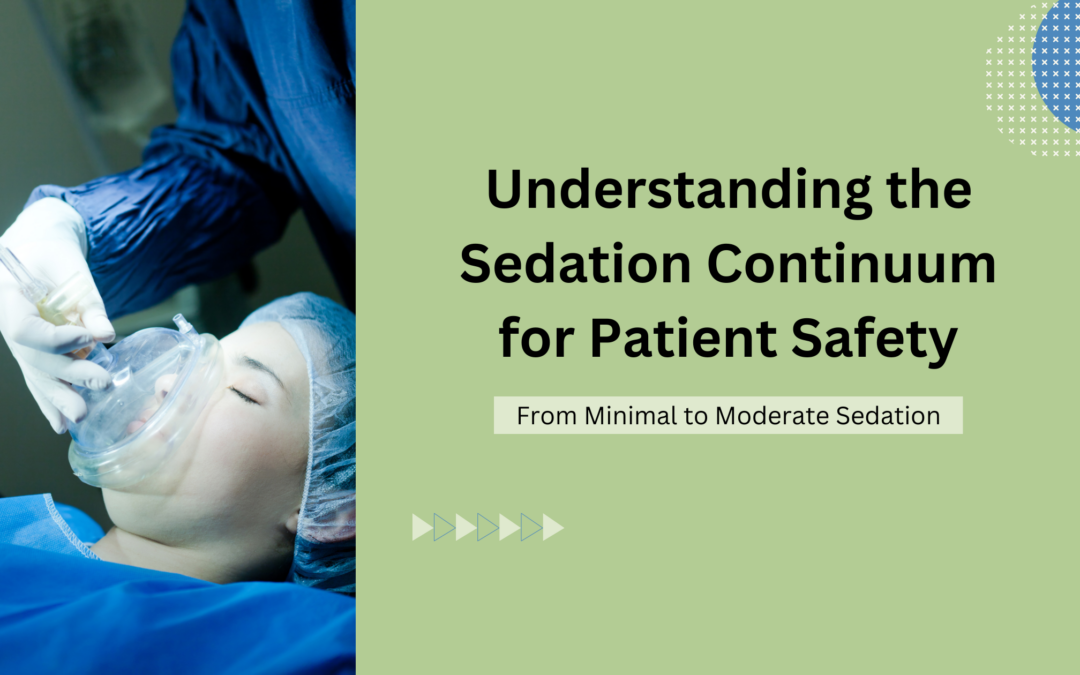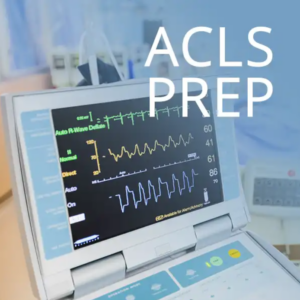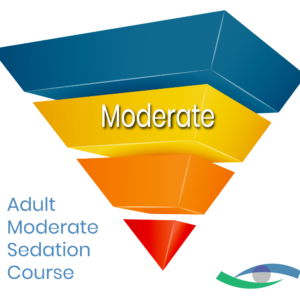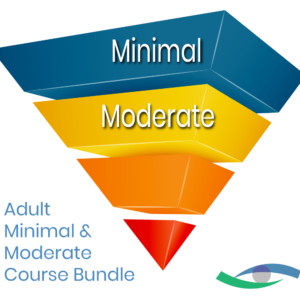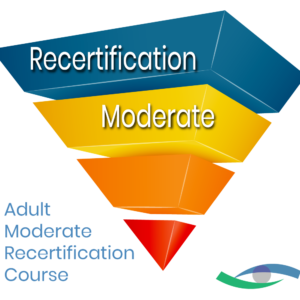Understanding the Sedation Continuum for Patient Safety
Sedation is vital in many medical procedures because it enhances patient safety. Not only does sedation help alleviate patient discomfort and pain, but it also helps alleviate the patient’s anxiety by inducing a state of relaxation or decreased consciousness.
However, sedation is not a one-size-fits-all approach. Different levels of sedation exist to accommodate varying procedural needs and patient factors. This also means that understanding sedation levels is crucial, as excessive or inadequate sedation may compromise patient safety. In other words, healthcare facilities and professionals who frequently perform procedures requiring sedation must know how to navigate these distinct sedation levels with precision.
According to the American Society of Anesthesiologists, there are four (4) levels of sedation: Minimal, Moderate, Deep, and General. At the NationalSedation Center, we explore all of these but put a strong focus on the first two: Minimal and Moderate Sedation.
What is Minimal Sedation (Anxiolysis)?
Minimal sedation involves administering a small amount of sedative medication to the patient. Afterward, the patient may feel more relaxed and less anxious about the upcoming procedure.
It’s important to note that minimal sedation is designed to produce a state of calm without significantly impairing the patient’s consciousness or responsiveness. Under minimal sedation, the patient remains awake and able to communicate normally. This level of sedation is often used for minor procedures or diagnostic tests that may cause mild discomfort or anxiety.
One key advantage of minimal sedation is that it typically does not affect the patient’s respiratory function or cardiovascular system. The patient’s breathing and heart rate remain stable, thereby minimizing the risk of sedation-related complications.
It’s worth mentioning that while the patient may feel relaxed during the procedure, they are likely to remember most, if not all, of the experience afterward. Some details may be slightly fuzzy, but minimal sedation generally does not induce amnesia or significant memory impairment.
What is Moderate Sedation (Conscious Sedation)?
Moderate sedation involves administering a higher dose of sedative medication compared to minimal sedation. This level of sedation aims to induce a state of depressed consciousness.
Under moderate sedation, the patient experiences a heightened state of relaxation and sleepiness. They may appear tired and have slurred speech, but they can still respond to verbal commands and follow simple instructions if prompted.
An important aspect of moderate sedation is that it does not entirely impair the patient’s ability to respond to physical stimulation. Moderate sedation also allows for a quick recovery time and typically does not require specialized airway management techniques or advanced monitoring equipment.
While the patient may not remember all the details of the procedure, they may recall portions or have fragmented memories of the experience. This level of sedation is often used for more invasive procedures or those that may cause significant discomfort or anxiety.
Understanding the different levels of sedation empowers both patients and healthcare professionals. It allows patients to make informed decisions about their sedation options, while healthcare providers can tailor the sedation level to ensure optimal patient safety and comfort.
If you’re a healthcare professional seeking to expand your skills and contribute to a positive patient experience during procedures requiring sedation, consider exploring the Minimal Sedation and Moderate Sedation Training courses we offer at the National Sedation Center.
The National Sedation Center’s Commitment
The National Sedation Center is the only program in the United States that meets and exceeds the ASA’s recommendations. With a strong emphasis on moderate sedation training and sedation certification, we ensure that every healthcare provider that completes and passes our programs has the knowledge and skills to administer sedation safely.

